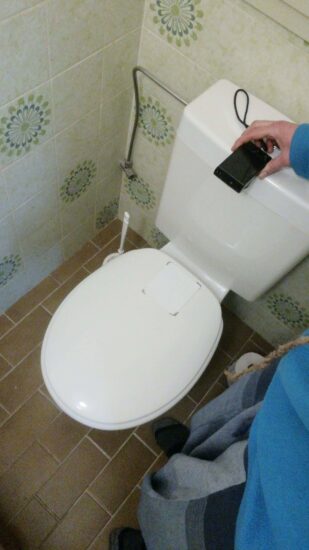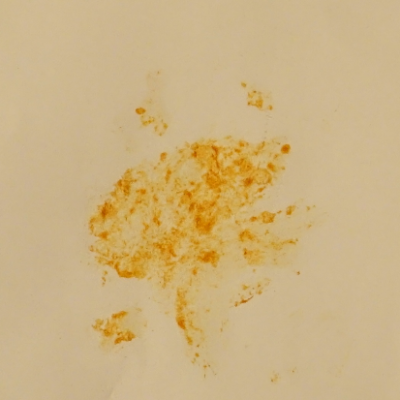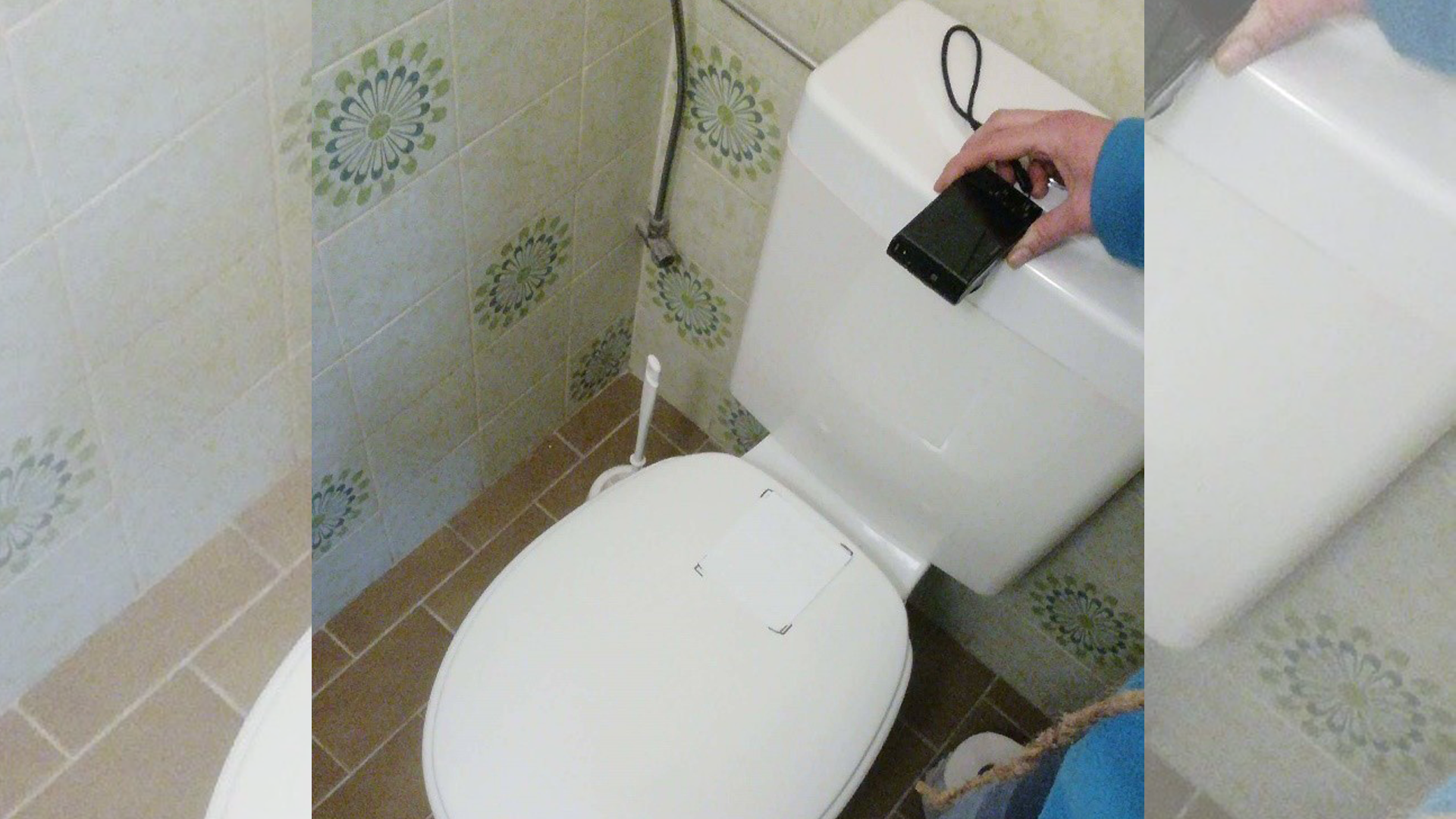Normally, I’d be starting a new type of experiment in the lab around this time. In cooperation with a company, I have to perform several tests on their wall protection materials to establish various functional characteristics: the self-cleaning aspects, antibacterial activity, air purifying quality and colour resistance towards food stains.
For the first three properties, there exists an ISO protocol, so they are ready to go – even though these standards leave much more space for variation and interpretation than you’d expect of an international standard. For evaluating the colour resistance, however, it was up to us to come up with a new protocol. So we conceived a simple, yet elegant experimental set-up close to our expertise at the DuEL research group: Digital Image Analysis.
This technique was developed by some colleagues for the analysis of soot degradation by our photocatalysts. It is very important for the images to always be illuminated in the same way. Hence, my colleagues made a standardised ‘photobox’ (Figure 1), where LED lights always illuminate the samples in the same way, the camera is in a fixed position and you avoid shadow effects of this same camera and/or yourself.

After analysing all the data I had gathered the weeks before this quarantine started, I had to start preparing the colour resistance test at home. For this, I needed a sample (white paper did the job), a camera (a big thank you to my housemate for lending me his), staining food (sambal hot sauce to the rescue) and a photobox. Here, I stumbled upon a problem. Where do I have constant illumination all day long, every day; a fixed distance between the sample and the camera and this without the shadows of the camera and myself hovering over the sample?

You’ve guessed it, the smallest room in the house! So with some weird looks of my housemate, I locked myself up in the toilet, right across from the room where he was about to have a very important conference call with the company funding his PhD. The white surface of the lid, the fixed distance of the tank, it was almost too good to be true. I managed to take uniform pictures. I wonder if this also means that I have to clean my toilet every Friday at 9.30 am for our weekly lab clean? And who will provide the koffiekoeken (pastry) as a reward afterwards? Of course, these results won’t make it to the International Journal of Toilet Chemistry, but at least they will allow me to start developing an appropriate methodology for this test, and to let me get acquainted with the software analysis. Once this pandemic is over, I can make a swift start in the lab and I’ll know exactly how to do it.


What is left for me to do now, is to analyse the pictures, adapt the previous soot analysis method to sambal analysis and debug the MatLab script that is currently not cooperating at all. If there are any Java enthusiasts out there that are bored and up for a challenge with ImageJ, your help with automating this analysis is very welcome!

Hannelore Peeters
Faculteit Wetenschappen
Departement Bio-ingenieurswetenschappen


